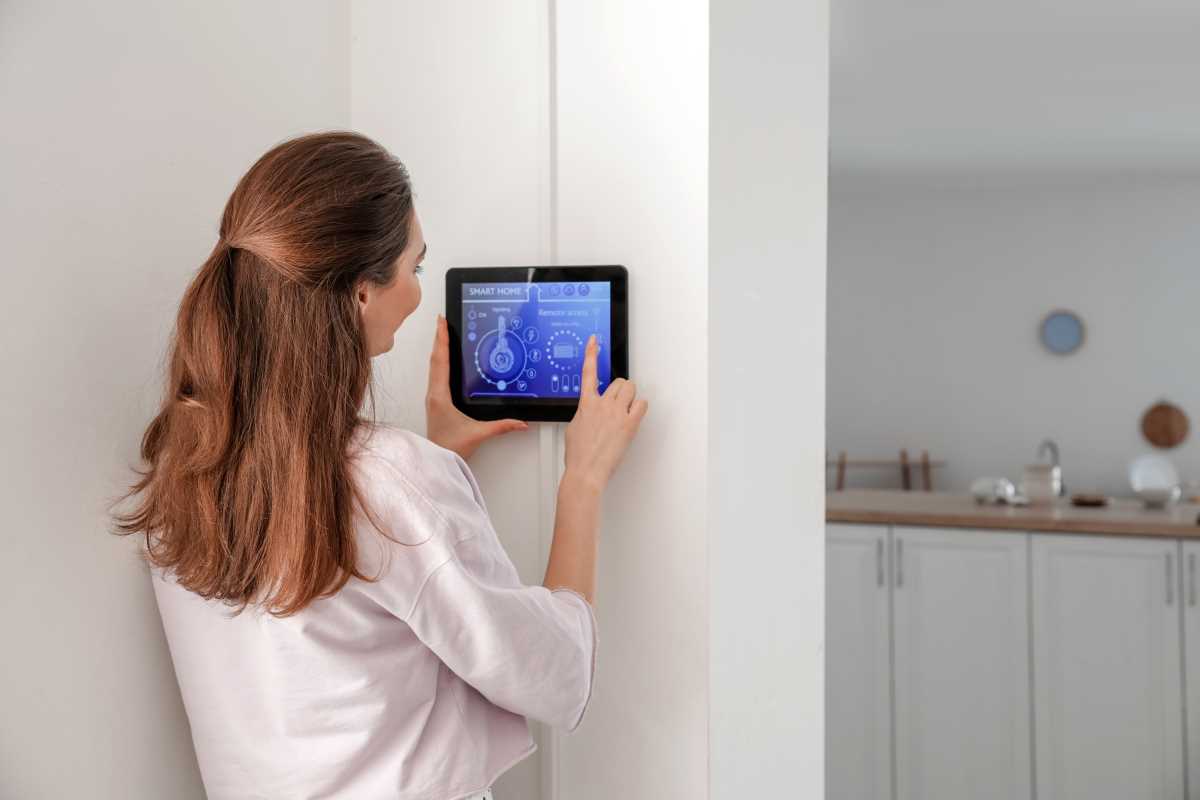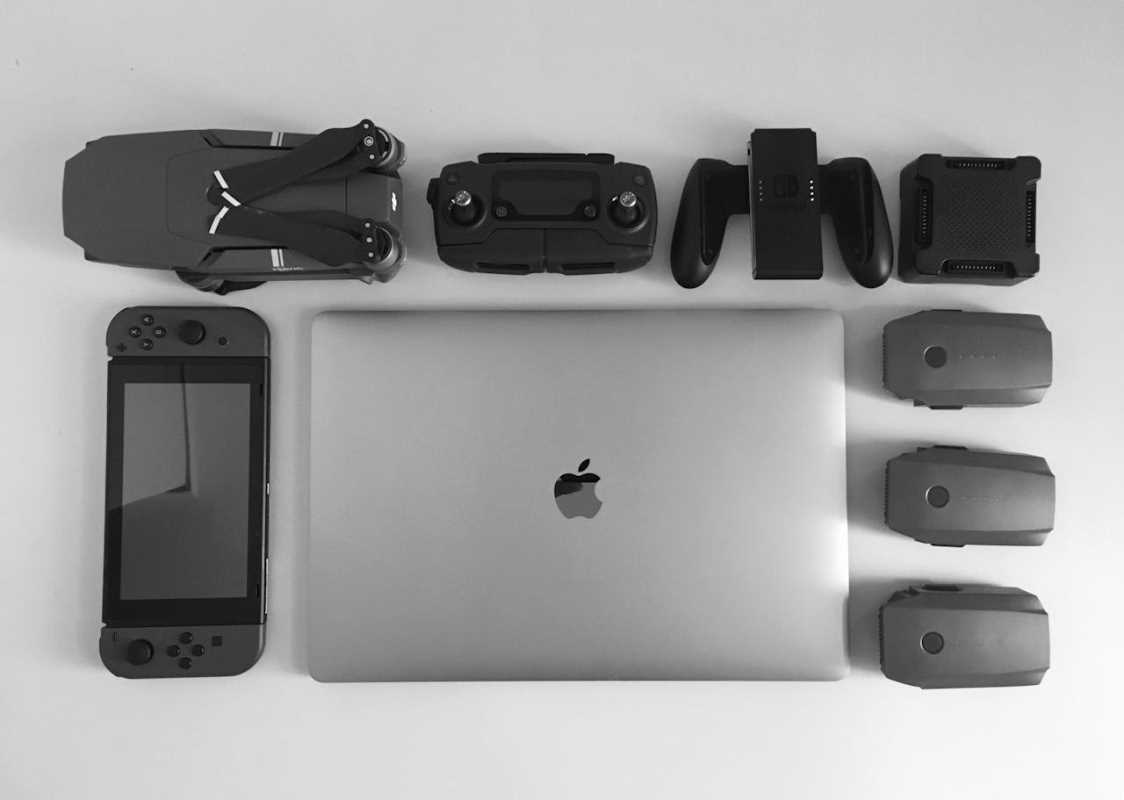The rapid rise of smart home technology has transformed the way we live, introducing a new era of convenience, efficiency, and connectedness. From voice-activated assistants to security cameras, thermostats, and lighting systems, smart devices are reshaping modern households.
However, as these technologies become integral to our daily lives, they also bring new challenges, particularly in the realm of cybersecurity. Ensuring the safety of these interconnected systems is no longer a luxury; it is a necessity.
The Expansion of Smart Home Technology
The adoption of smart home devices has surged in recent years. According to market estimates, the global smart home market is projected to exceed $200 billion by 2026. Factors driving this growth include advancements in Internet of Things (IoT) technology, reduced device costs, and increasing consumer demand for automation. With Wi-Fi-enabled refrigerators, voice-controlled blinds, and even robot vacuums that map floor plans, homes are becoming smarter and more intuitive than ever.
This convenience comes with a tradeoff. The very nature of smart appliances, which connect to the internet and communicate with each other, makes them vulnerable to cyberattacks. Without proper security measures, these devices can turn into weak entry points, exposing private information and putting entire networks at risk.
Understanding the Risks in Smart Homes
Cybersecurity risks in smart homes are multifaceted, stemming from the interplay between connected devices, networks, and user behavior. Here are some of the most pressing vulnerabilities:
1. Device Exploitation
Many smart devices are not designed with robust security in mind. Manufacturers often prioritize functionality and user-friendliness, neglecting features like two-factor authentication or regular software updates. Hackers can exploit these weaknesses to gain unauthorized access to the device or its data.
For example, there have been documented cases of hackers hijacking smart cameras to spy on households. Such intrusions are not only invasive but can also lead to more severe threats like blackmail or unauthorized distribution of sensitive information.
2. Data Privacy Concerns
Smart home systems collect vast amounts of data, including personal habits, daily routines, and even voice recordings. If this data falls into the wrong hands, it could be used for malicious purposes like identity theft, targeted phishing attacks, or unauthorized surveillance.
Voice assistant devices, in particular, have garnered attention for privacy breaches, ranging from inadvertent recordings to vulnerabilities in cloud data storage. Without proper safeguards, these systems may create significant privacy concerns for users.
3. Network Exposure
Since smart home devices are typically connected to a central Wi-Fi network, compromising one device may lead to the compromise of others. A hacked smart thermostat, for example, could provide access to an entire home network, including computers, phones, and other sensitive devices. This interconnected nature amplifies the stakes of protecting every device in the system.
Strategies to Secure Smart Devices
While the risks associated with smart homes are genuine, users and manufacturers alike can take steps to enhance cybersecurity. Here are some practical strategies to ensure safer smart homes:
1. Change Default Settings
Many smart devices come with default usernames, passwords, or security settings, which can be exploited by hackers. One of the first steps users should take is to change these defaults to strong, unique credentials. Passwords should include a mix of letters, numbers, and symbols to strengthen security.
2. Enable Two-Factor Authentication (2FA)
Whenever possible, enable two-factor authentication for all smart devices and connected accounts. 2FA adds an extra layer of security by requiring a second form of verification, such as a text message or an app-based code, making it significantly harder for unauthorized users to gain access.
3. Keep Firmware Updated
Manufacturers often release software updates that patch known vulnerabilities or improve overall security. Regularly updating device firmware ensures that smart devices are equipped to handle emerging threats. Automatic updates, when available, should also be enabled for enhanced protection.
4. Secure the Network
A robust and secure home Wi-Fi network is foundational for protecting smart home systems. Consider the following security measures:
- Create a strong network password.
- Use WPA3 encryption, the most secure Wi-Fi standard currently available.
- Set up a separate network for smart home devices, isolating them from other sensitive systems.
5. Be Cautious with Device Permissions
Some smart devices request access to personal information or functionality that may not be necessary for their operation. Review and limit the permissions granted to these devices to maintain greater control over data security.
The Role of Manufacturers and Policymakers
While individual users can take steps to enhance security, the onus also lies with device manufacturers and policymakers to prioritize cybersecurity in the design and regulation of smart technologies.
Manufacturers’ Responsibility
Device makers must adopt a "security by design" approach, integrating security features like encryption, regular updates, and secure authentication protocols directly into their products. Transparency about data collection practices and implementing user-friendly security measures can also go a long way in building consumer trust.
Policy and Regulation
Governments and regulatory bodies play a crucial role in shaping the security landscape of the smart home industry. Mandating minimum security standards, incentivizing compliance through certifications, and penalizing non-adherence can help protect consumers against negligence. For example, regions like the European Union have begun introducing regulations targeted at IoT and connected devices, encouraging a safer digital ecosystem.
The Future of Smart Home Security
The evolution of smart home technologies is expected to follow an upward trajectory, driven by innovations like artificial intelligence, seamless device integration, and 5G connectivity. With this growth, however, the threat landscape will also become increasingly complex.
Looking ahead, we can expect to see advancements in cybersecurity solutions tailored to smart homes. Technologies like blockchain for securing IoT networks, machine learning for threat detection, and decentralized identity systems could redefine smart home security. Partnerships between tech companies, governments, and cybersecurity experts will be crucial in navigating these challenges.
Additionally, consumer awareness around security and privacy is expected to rise. Much like antivirus software became standard for personal computers, we may see the adoption of comprehensive smart home security packages that combine hardware, software, and cloud services into an integrated solution.
 (Image via
(Image via





